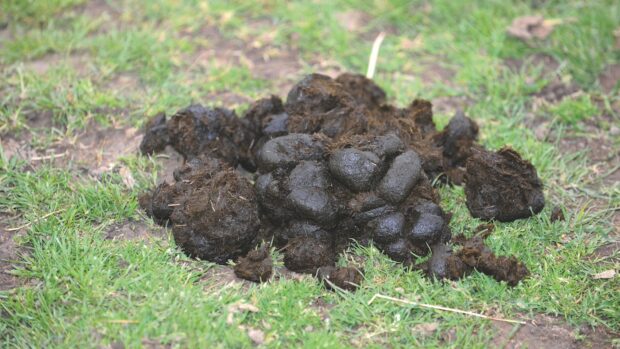A new video has been created to alert owners to the potential fatal effects of encysted small redworm.
The animation explains the life cycle of the small redworm, and the life-threatening damage it can do to horses.
The parasite is ingested during grazing, then larvae survive in autumn and winter by burrowing into the walls of the intestine. Here they form cysts and their development pauses as they “hibernate” over the winter.
Up to 90% of the small redworm in any horse could be these encysted parasites.
In spring, the larvae can erupt from their dormant state, to carry on their development, in large numbers. This causes damage to the walls of the intestine, which can lead to diarrhoea, weight loss and colic.
This condition, known as larval cyathostominosis, is fatal in up to 50% of cases. Any horse can be affected, with those under six particularly at risk.
Vet Wendy Talbot, of animal health company Zoetis which created the video, said: “Many horse owners may believe they know all they need to about worming but research shows a lack of understanding about the danger posed by encysted small redworm.

Horses at risk of death from worms: calls for owners to ‘ask for expert advice’
Owners have been told they ‘certainly should not be afraid to ask’ for the most up-to-date worming advice following changes

Worming your horse: busting the myths
Horse & Hound turns mythbuster on the topic of worms and worming by bringing you the facts about some popular
“Unfortunately, once the horse shows symptoms of larval cyathostominosis it is a very difficult condition to treat effectively. The intention of our new video is to help owners get to grips with why encysted small redworm can cause serious harm to their horses and how important it is to take steps to prevent it by speaking to their vet or SQP [suitably qualified person] about worm control.”
Faecal worm egg counts will not detect encysted small redworm as the larvae do not produce eggs. Horses may be carrying several million of the encysted larvae and yet have a negative or low count.
For all the latest news analysis, competition reports, interviews, features and much more, don’t miss Horse & Hound magazine, on sale every Thursday.




